3M DBI-SALA® Bosun Chair 1001140, Universal, 1 EA Operating instructions
- Type
- Operating instructions
This manual is also suitable for
3M DBI-SALA® Bosun Chair 1001140, Universal, 1 EA is a versatile and durable piece of equipment designed for use in various applications, including inspection work, window washing, painting, and maintenance. It features a 12 in. x 24 in. seat board, a 3 in. padded belt, and a back D-ring for added comfort and support. The Bosun Chair is also equipped with side snaps for tools, allowing you to keep your essential tools within reach while working. Additionally, the chair meets the requirements of ANSI Z359.1 and OSHA, ensuring its compliance with industry safety standards.
3M DBI-SALA® Bosun Chair 1001140, Universal, 1 EA is a versatile and durable piece of equipment designed for use in various applications, including inspection work, window washing, painting, and maintenance. It features a 12 in. x 24 in. seat board, a 3 in. padded belt, and a back D-ring for added comfort and support. The Bosun Chair is also equipped with side snaps for tools, allowing you to keep your essential tools within reach while working. Additionally, the chair meets the requirements of ANSI Z359.1 and OSHA, ensuring its compliance with industry safety standards.












-
 1
1
-
 2
2
-
 3
3
-
 4
4
-
 5
5
-
 6
6
-
 7
7
-
 8
8
-
 9
9
-
 10
10
-
 11
11
-
 12
12
3M DBI-SALA® Bosun Chair 1001140, Universal, 1 EA Operating instructions
- Type
- Operating instructions
- This manual is also suitable for
3M DBI-SALA® Bosun Chair 1001140, Universal, 1 EA is a versatile and durable piece of equipment designed for use in various applications, including inspection work, window washing, painting, and maintenance. It features a 12 in. x 24 in. seat board, a 3 in. padded belt, and a back D-ring for added comfort and support. The Bosun Chair is also equipped with side snaps for tools, allowing you to keep your essential tools within reach while working. Additionally, the chair meets the requirements of ANSI Z359.1 and OSHA, ensuring its compliance with industry safety standards.
Ask a question and I''ll find the answer in the document
Finding information in a document is now easier with AI
Related papers
-
3M DBI-SALA® Steel Plate Anchor 2104550, 1 EA Operating instructions
-
DBI-SALA 1000005 User manual
-
3M DBI-SALA® Drop-Thru Anchor 2104816, Silver, 1 EA Operating instructions
-
3M Protecta® PRO™ Eyebolt Anchor, Threaded AN112A Operating instructions
-
3M DBI-SALA® Pole Climber's Adjustable Web Positioning Strap 1201377, 1 EA User manual
-
DBI-SALA DBI-SALA® Confined Space Manhole Collar Davit Base 8510457, 1 EA User manual
-
3M 5000338 User manual
-
3M PROTECTA® PRO™ Pack Pack 420 lbs. Capacity Shock Absorbing Lanyard 1341011, Red, 6 ft. (1.8m), 1 EA/Case Operating instructions
-
3M DBI-SALA® Concrete Anchor Strap 2100052, 1 EA Operating instructions
-
3M PROTECTA® PRO™ Concrete Anchor Strap 2190064, 25 EA Operating instructions
Other documents
-
Home Decorators Collection 1644900810 Installation guide
-
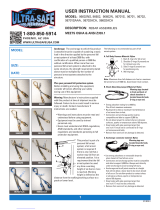 Ultra-safe 96701S User Instruction Manual
Ultra-safe 96701S User Instruction Manual
-
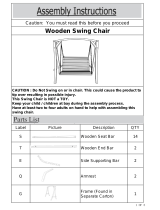 Noble House 301020 Operating instructions
Noble House 301020 Operating instructions
-
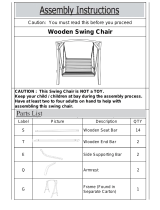 Noble House 295357 Operating instructions
Noble House 295357 Operating instructions
-
Klein Tools LH5278-29-M Operating instructions
-
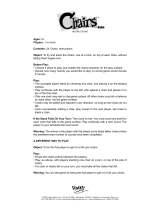 Fundex Games Chairs User manual
Fundex Games Chairs User manual
-
Draper Safety Harness Operating instructions
-
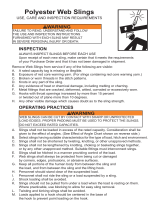 Haul-Master Item 60609 Owner's manual
Haul-Master Item 60609 Owner's manual
-
Harbor Freight Tools Item 34708 Owner's manual
-
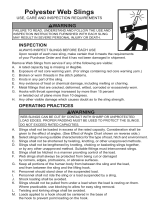 Haul-Master Item 61233-UPC 792363612333 Owner's manual
Haul-Master Item 61233-UPC 792363612333 Owner's manual

















